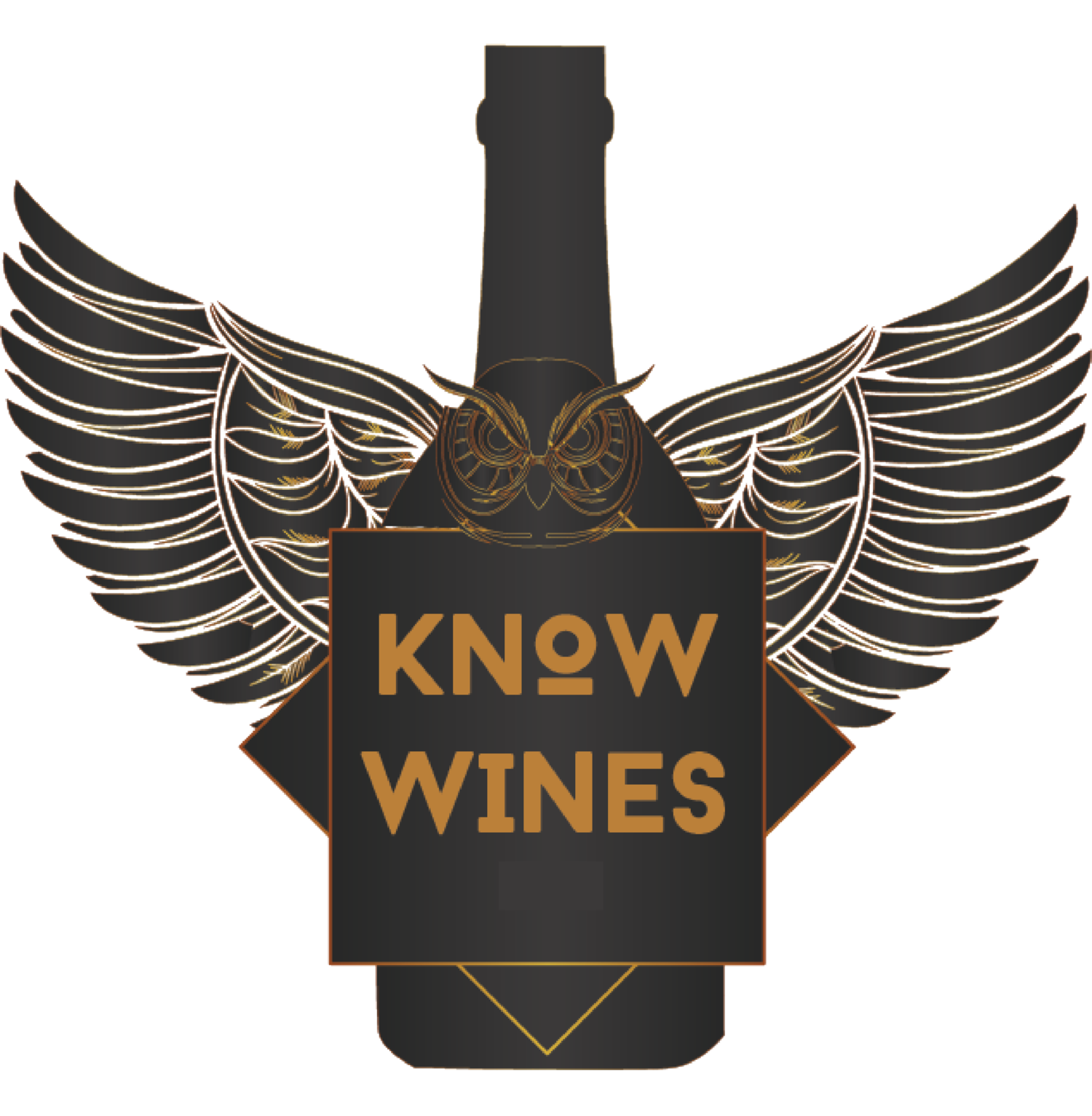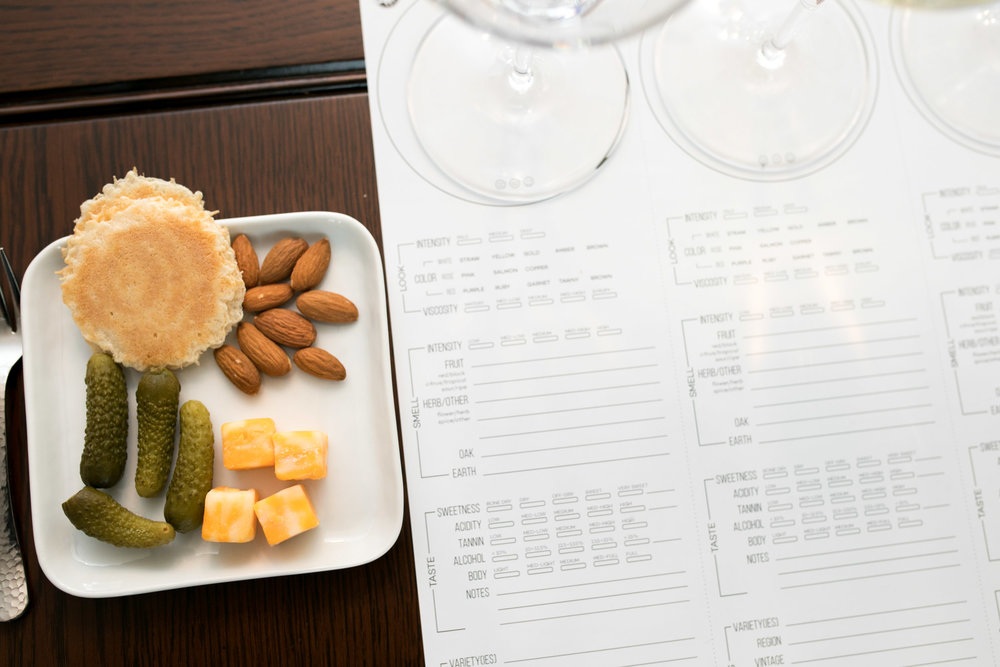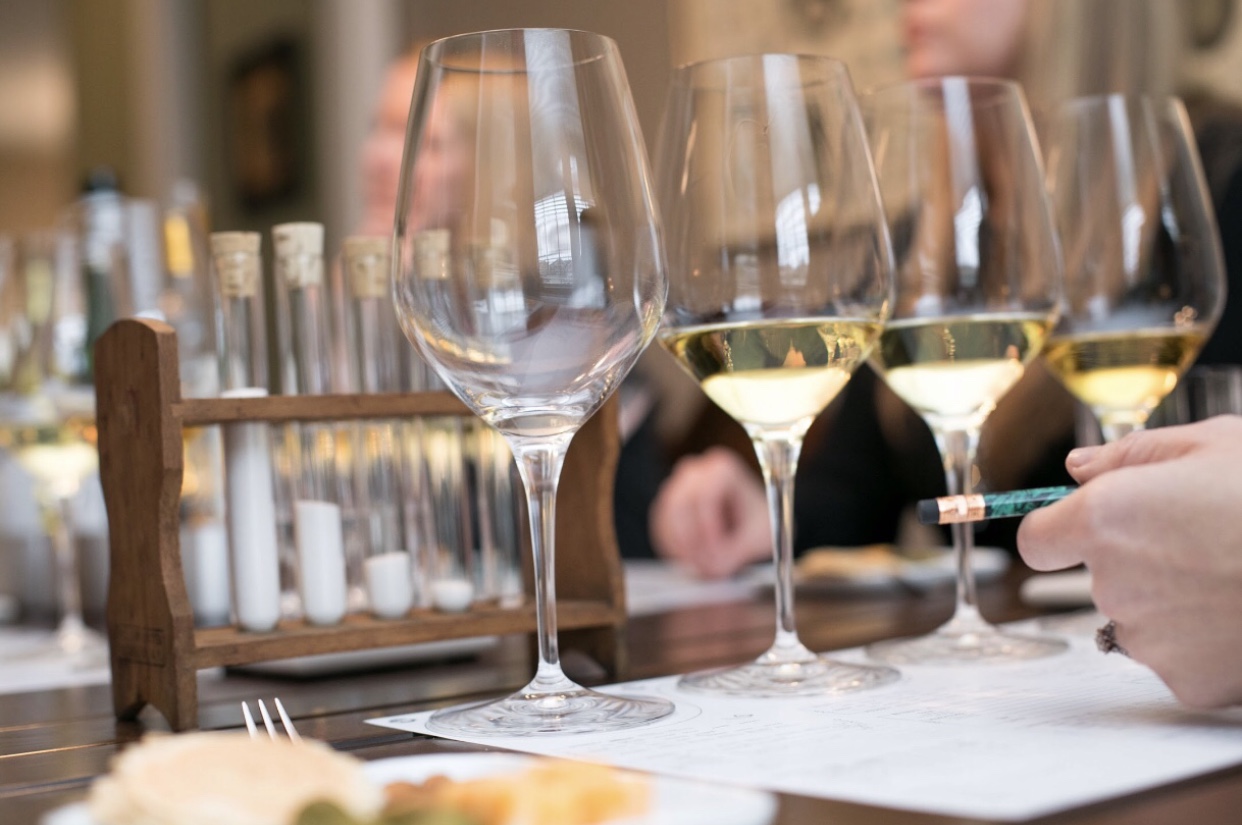It’s true that the holidays can be crazy-making, but it’s also true that this time of year brings into focus the things that matter most: family, friends, and quality time spent with both. This holiday season, schedule some cozy evenings by the fire with your partner, plan a wine dinner to celebrate your friends, or grab a bottle of bubbly and toast your coworkers! In the interest of helping you focus on the holiday gatherings that make this season so special, we created a wine list to save you time and take the guesswork out of your shopping. Cheers!
Best Fireplace Wines
‘Tis the season for cozying up next to the fire with a glass of wine.
The key here is a wine (blend or single variety) that has a full body, smooth texture, and a nice balance of tannin and acidity (thus, making food optional).
For the white wine lover (yes, white wines can by cozy, too!): Try a Chardonnay from the village of Meursault in Bourgogne (Burgundy). These are typically intense wines, made with the intent to create a dry, rich, round feel with nutty and buttery flavors that are easy to drink by the fireplace. If you can’t find Premier Crus in Meursault, look for Premier Crus of Charmes, Genevrières, or Perrières on the label.
The classic fireplace wine: If you’re a fan of dark fruit, black currant, full mouthfeel, and oak, go for a Napa Valley Cabernet Sauvignon. Yes, many of the famous bottles can run well over $100, but a great way to save some dough is to ask your local bottle shop if they carry any “second label” wines from famous Napa wineries. These “second labels” are typically crafted to drink now instead of aging, and can range from $25 to $45.
Off the beaten path: If you like full-bodied Cabernet Sauvignon but not the associated prices, look for Mourvedre from Spain, France, or the USA. Mourvedre has the same dark fruit and herbaceous aromas, oak aging, and sometimes a gamey taste. If you are a fan of Cabernet Sauvignon but find the lower price point Cabs too fruit forward, look for a Mourvedre from the French region of Bandol.
Best Wines for a Hanukkah or Christmas Dinner
Hanukkah:
For pairing with beef brisket: There are French and domestic options typically under $50 that use flash pasteurization but manage to avoid the “cooked” aromas and flavors of traditional mevushal wines. From Bordeaux, try the Barons de Rothschild Haut-Medoc Kosher/Mevushal. Another option is Hagafen Syrah or Merlot from Napa Valley. Making fewer than 8,000 cases of wine per year, this winery just off Napa’s Silverado Trail is one of few that specialize in fine Kosher wines.
Christmas dinner:
With roast goose: Tired of turkey? Join millions of western Europeans in their delight of roast goose. Yes, goose has an intense (not gamey) flavor, and unlike most poultry, geese are not intensively-farmed. With a rich and fatty goose, think western European wines — a richer white like an off-dry riesling from the Mosel or chardonnay from Burgundy (Meursault or Puligny-Montrachet). If you prefer red, the classic pairing is Pinot Noir (Burgundy). However, with so many wines now becoming available from Gascony, ask your local bottle shop for some economically priced Pinot Noir, Cabernet Franc, or Cabernet Sauvignon from this southwest region of France where many geese are raised.
With prime rib: Prime rib is known for being tender and highly flavorful. Most restaurants know that US customers will instinctively reach for a big Napa Cabernet Sauvignon to go with this decadent meal. I’d suggest that you ask the sommelier or local bottle shop owner if they have a red blend with a high percentage of (or a single varietal of) Petite Sirah (not to be confused with Syrah). For example, Stags’ Leap Petite Sirah at Total Wine will run about $35, while Cabernet Sauvignon from the same winemaker starts at $50 and goes easily into the $100 and $200 space.
After-dinner wines: With so many sweets available this time of year, it’s great to opt out of heavy desserts and go for dessert in the glass. Like honey, the source of sugar in sweet wines is natural. Many still sweet wines can be stored up to a month in the refrigerator with little impact on flavor. Check out October’s blog and Jolene’s visit to Chateau Doisy Daene. Their Sauternes is available at some area Total Wine stores for under $25 for 375 mL… perfect for sharing with a small group or hoarding for yourself.
Best Holiday Party Wines
We’re big fans of shopping at your locally owned bottle shop to stock up for your holiday parties. Most establishments offer a discount for six bottles of wines. Also, going for six different bottles means that you spread out the odds of your guests finding a wine they like (or you can just serve four and keep two for yourself!).
Take some time to describe to the bottle shop employee your guests’ preferences and the type of food you’ll be serving. Try sharing simple descriptors like the ones below:
“My guests are budget but frequent travelers, always trying new things.”
“We’re serving many different appetizers and a carrot bundt cake from the local bakery.”
“Mom only drinks one brand of oaky Chardonnay and dad prefers bourbon.”
“My family will be visiting — essentially, a bunch of midwesterners who just want something that pairs with mom’s great lasagna!”
Chances are, while you’re talking, the bottle shop employee will be pulling wines in or out of a virtual basket in their head. The more you share about personalities, quirks, and what you are serving, the better a selection you will get. Also, if you plan the party well in advance, consider emailing your local bottle shop about the event and share your ideal price point so they can be scoping things out while you finalize the guest list. Bottle shops keep their eyes and ears open for unique wines distributors are carrying, so you might end up with a special wine that is not normally stocked!
Best Hostess Gift Wine
Bubbly at a value: At KnowWines, we’re currently loving a sparkling wine from a suprising location — New Mexico! The Domain St. Vincent, produced in New Mexico by a family with roots in the Champagne region of France, is an amazing bubbly. The store where we discovered this lovely wine is the brainchild of a Charlotte importer who works with Kansas City’s Doug Frost. Doug is one of less than five people who is both a Master Sommelier and Master of Wine. The store also has locations in Morrisville, Chapel Hill, and Wilmington. Even better, most of their bottles are under $25!
For rosé lovers: Steininger Cabernet Sauvignon Rose Sekt from Austria is $29 at the Wine Feed in Durham. This rosé for the rosé crowd is interesting for several reasons. First, Cabernet Sauvignon rosé is not a common wine (it’s from Austria, so a little off the beaten path for most US consumers). Second, it is crafted with traditional Methode Champenoise (Champagne-making method). Finally, this is a deliciously dry sparkling wine with a long finish and pleasant notes of yeast and plums.
The sparkling splurge: If you’re ready to splurge on wine, the Champagne Krug Grande Cuvee (a mega-splurge at around $200) is the sparkling wine that both enthusiasts and wine professionals put on a pedestal.
Now that you’re good on wine, time to do some holiday shopping. Have a wine lover on your list? We know a few things they’ll love!
Enjoy the holidays, and enjoy these wines!
Cheers!







